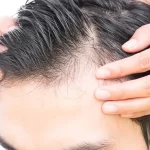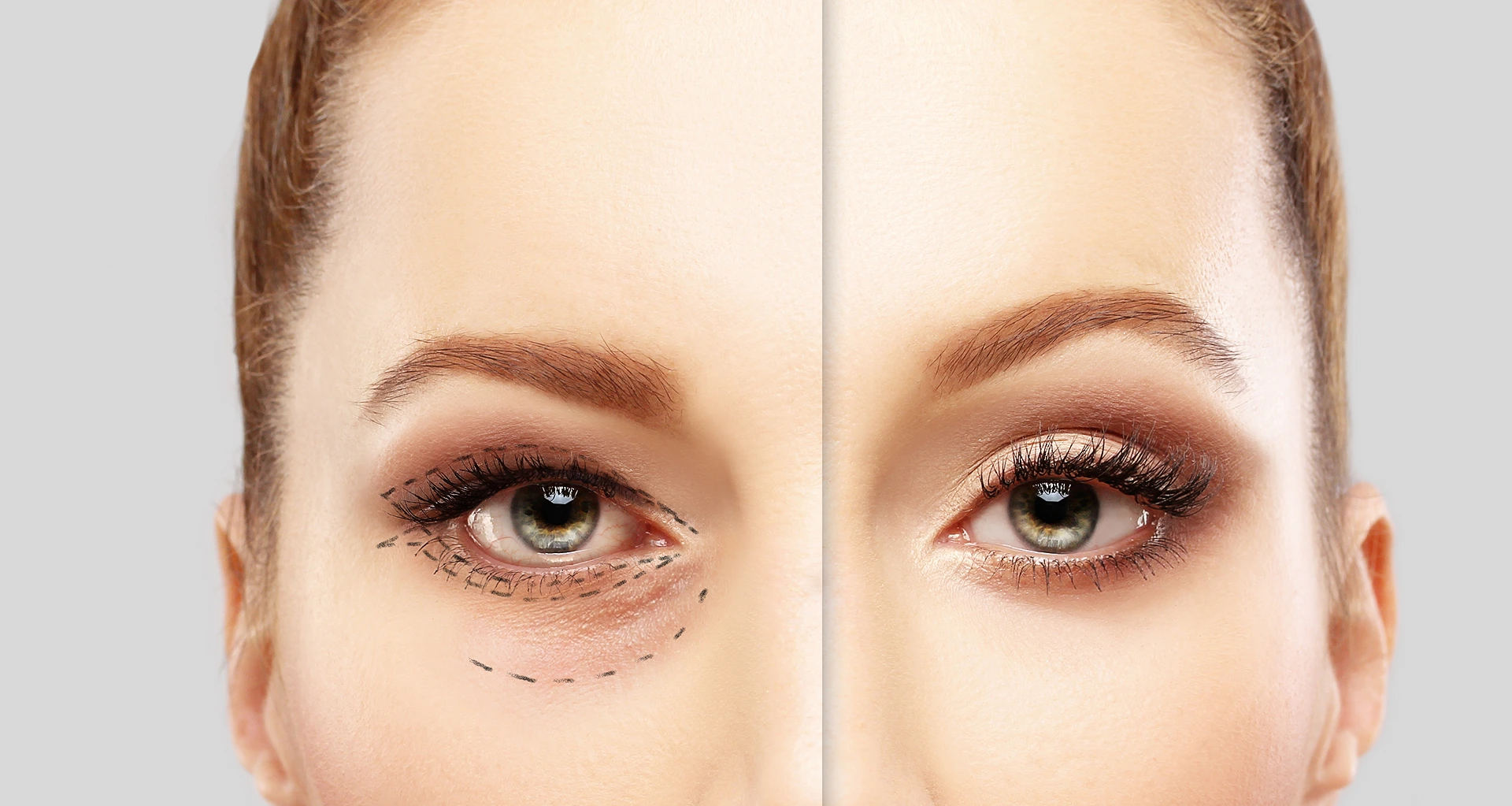Skin cancer can leave more than just a mark on the eyelids; it can significantly impact both function and appearance. Reconstructive eyelid surgery offers a solution that not only addresses the physical aftermath of cancer but also restores the delicate balance of aesthetics and utility. This specialized procedure is crucial for patients seeking to regain normal eyelid function while maintaining a natural look.
The intricate anatomy of the eyelids demands a precise surgical approach. Surgeons aim to reconstruct the eyelid in a way that ensures proper protection of the eye and restores symmetry and appearance. As more individuals face skin cancer diagnoses, understanding the benefits and processes of reconstructive eyelid surgery becomes increasingly important. This procedure not only enhances the patient’s quality of life but also boosts confidence by restoring a sense of normalcy.
Purpose of Reconstructive Eyelid Surgery
Reconstructive eyelid surgery aims to restore both the function and appearance of the eyelids following skin cancer treatment. As the eyelids play a critical role in protecting the eyes and maintaining moisture, any impairment due to cancer can significantly affect eye health. This surgery ensures that eyelid structure, vital for proper eye closure and tear distribution, is reestablished.
By addressing cosmetic concerns, reconstructive surgery helps achieve a natural and symmetrical look, enhancing patients’ confidence. The complex nature of the eyelid anatomy underlines the need for a precise surgical approach to balance the restoration of form and function. Experts in this field, like Amjad Z. Ahmad, M.D., contribute valuable knowledge and experience to the practice of Eyelid Reconstruction after Skin Cancer, supporting patients’ overall eye health and well-being.
Steps in the Reconstruction Process
Reconstructive eyelid surgery after skin cancer treatment involves several essential steps to restore both function and aesthetics. Surgeons like Amjad Z. Ahmad, M.D., often approach these procedures with precision.
- Assessment and Planning: Accurate evaluation of the area occurs first to determine the extent of the damage. Surgeons assess the size, location, and depth of the cancer-affected region to plan the optimal reconstruction strategy.
- Excision of Cancerous Tissue: Complete removal of cancerous tissue ensures no malignancy remains. Surgeons carefully excise the affected tissue to preserve as much healthy tissue as possible, which is critical for an effective reconstruction.
- Reconstructive Techniques Selection: Techniques vary based on individual cases. Options include local flap reconstruction, which repositions adjacent tissue, or skin grafting for larger defects. The chosen method directly influences functional restoration and aesthetic outcomes.
- Reconstruction: Reconstruction of the eyelid aims to restore its protective function and achieve cosmetic balance. This part of the process reestablishes eyelid shape, position, and contour, promoting both eye health and natural appearance.
- Postoperative Care and Monitoring: Post-surgery, patients attend follow-up visits to monitor healing progress. The surgical team provides care instructions to ensure proper recovery, minimize complications, and maintain eyelid function.
Functional and Aesthetic Benefits of Surgery
Eyelid reconstructive surgery after skin cancer offers significant functional and aesthetic benefits. By restoring eyelid structure, the surgery enhances eye protection and health. Proper eyelid function aids in tear distribution and shields the eye from irritants, reducing risks of dryness and infection.
Reconstructive surgery also improves the visual appeal of the eyelid area. Techniques ensure a natural, symmetrical appearance, vital for patient confidence and self-image. Professionals like Amjad Z. Ahmad, M.D., leverage advanced methods, delivering results that align with natural facial contours.
Patients experiencing eyelid reconstruction after skin cancer recovery often note improvements in both appearance and functionality, illustrating the surgery’s comprehensive benefits.
Choosing a Skilled Surgeon for Reconstruction
Selecting an experienced surgeon ensures optimal outcomes in eyelid reconstruction after skin cancer. Expertise in intricate eyelid anatomy and reconstruction techniques is crucial for achieving both functional and aesthetic goals. Patients should look for board-certified surgeons who specialize in oculoplastic surgery due to their advanced training in eye-related procedures.
Evaluating a surgeon’s track record, including their previous case outcomes, can offer insight into their proficiency. Successful examples of post-surgery recovery and restoration of natural eyelid appearance are indicators of the surgeon’s skill. Consulting with specialists like Amjad Z. Ahmad, M.D., who have extensive experience in this field, can further reinforce patient confidence in the surgery’s success.
Meeting with the surgeon allows for a detailed discussion of the reconstruction plan. The best surgeons are those willing to explain the procedures, potential risks, and expected results clearly. Thorough consultation builds trust and ensures patients understand the steps involved in their personalized treatment plan, leading to informed decisions and improved satisfaction with the surgical process.
Post-Surgery Recovery and Care
Recovery and care after eyelid reconstruction following skin cancer treatment are crucial for restoring optimal function and appearance. Patients usually experience mild swelling and bruising, which diminishes within two weeks. Following surgeon’s instructions is essential for a smooth recovery process. Stitches are often removed 7 to 10 days post-surgery.
Pain management involves over-the-counter medications unless otherwise prescribed. Cold compresses can alleviate discomfort and swelling. It’s important to keep the surgical area clean and dry, with gentle cleansing to prevent infection.
During the recovery phase, avoiding strenuous activities and protecting the area from direct sunlight aids healing. Using sunglasses when outdoors protects sensitive skin. Following up with the surgeon ensures proper monitoring and addresses any concerns.
Dr. Amjad Z. Ahmad, M.D., and other specialists emphasize not only the surgical procedures but also the importance of post-operative care for successful eyelid reconstruction after skin cancer. By paying careful attention during recovery, patients enhance the chances of achieving the best functional and aesthetic outcomes.
Long-Term Impact on Eye Health and Appearance
Reconstructive eyelid surgery after skin cancer offers profound benefits for both eye health and appearance. By effectively restoring eyelid function, the surgery plays a crucial role in protecting the eyes from potential irritants and ensuring proper tear distribution. This not only reduces the risk of complications like dryness and infection but also significantly enhances the patient’s quality of life. On the aesthetic front, achieving a natural and symmetrical eyelid appearance boosts confidence and self-esteem, allowing patients to feel more comfortable in their own skin. As skin cancer cases continue to rise, understanding the comprehensive advantages of reconstructive eyelid surgery becomes increasingly important for those affected.











